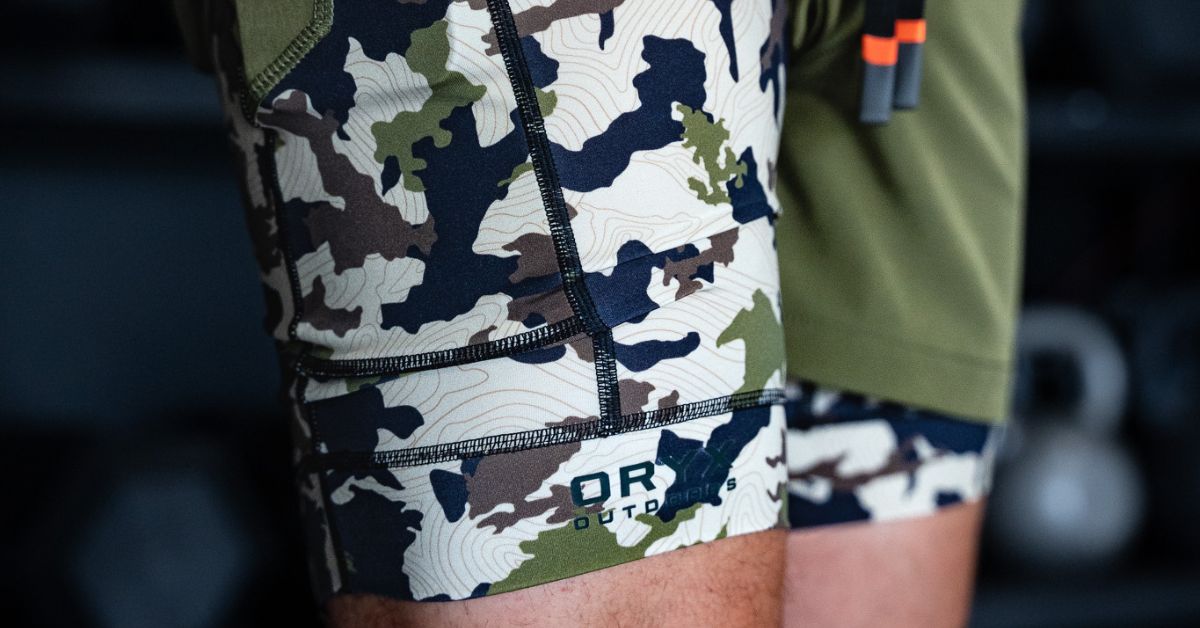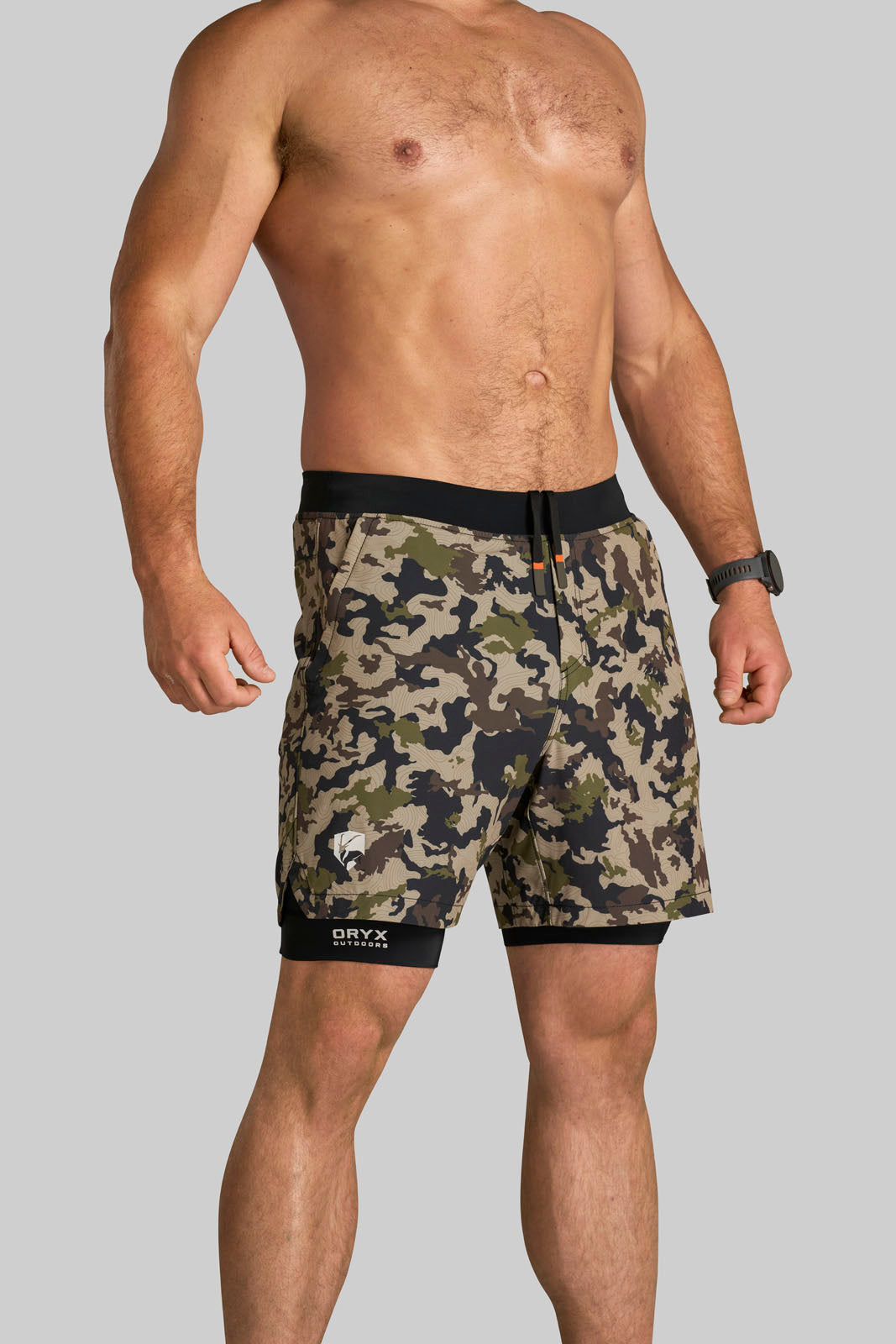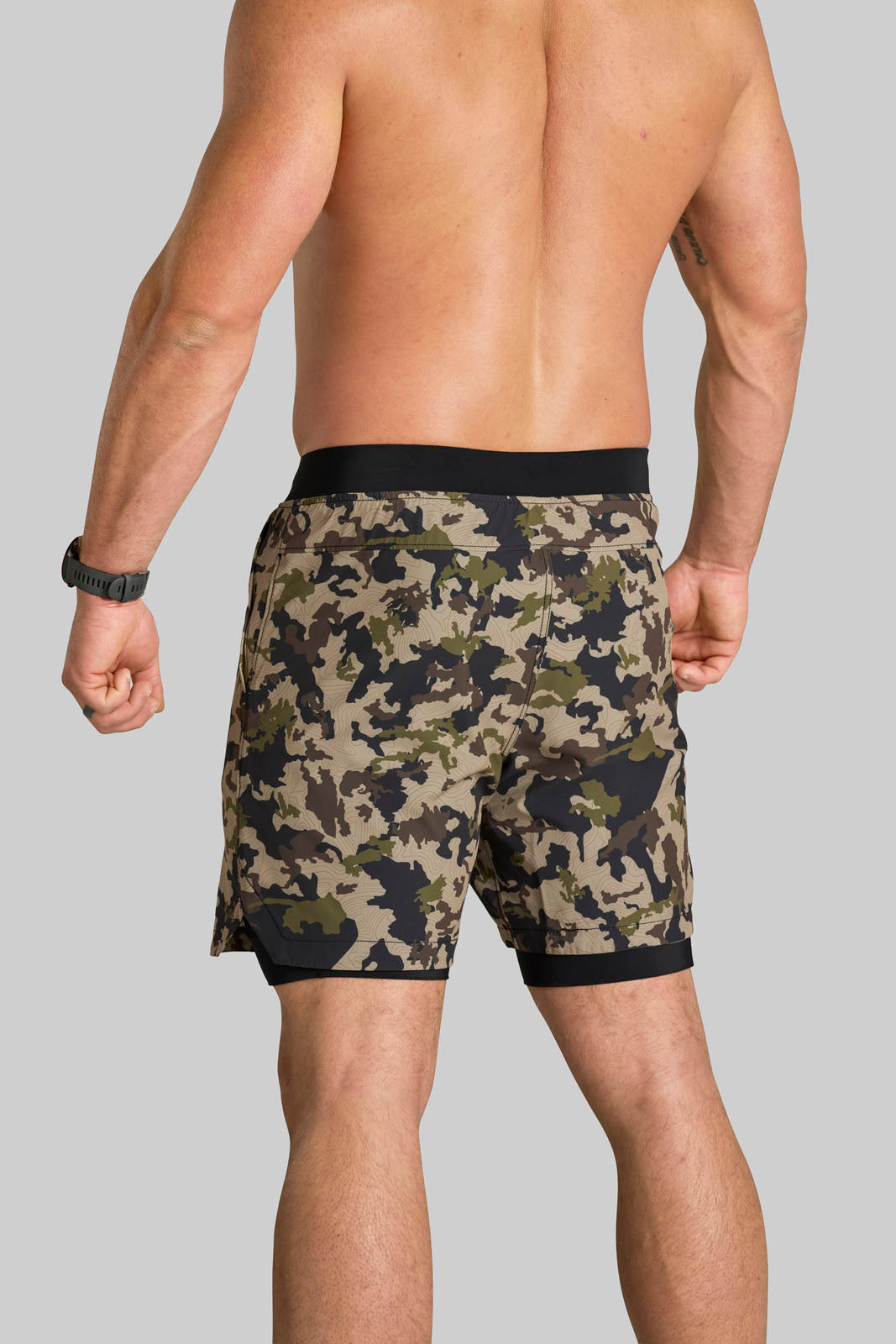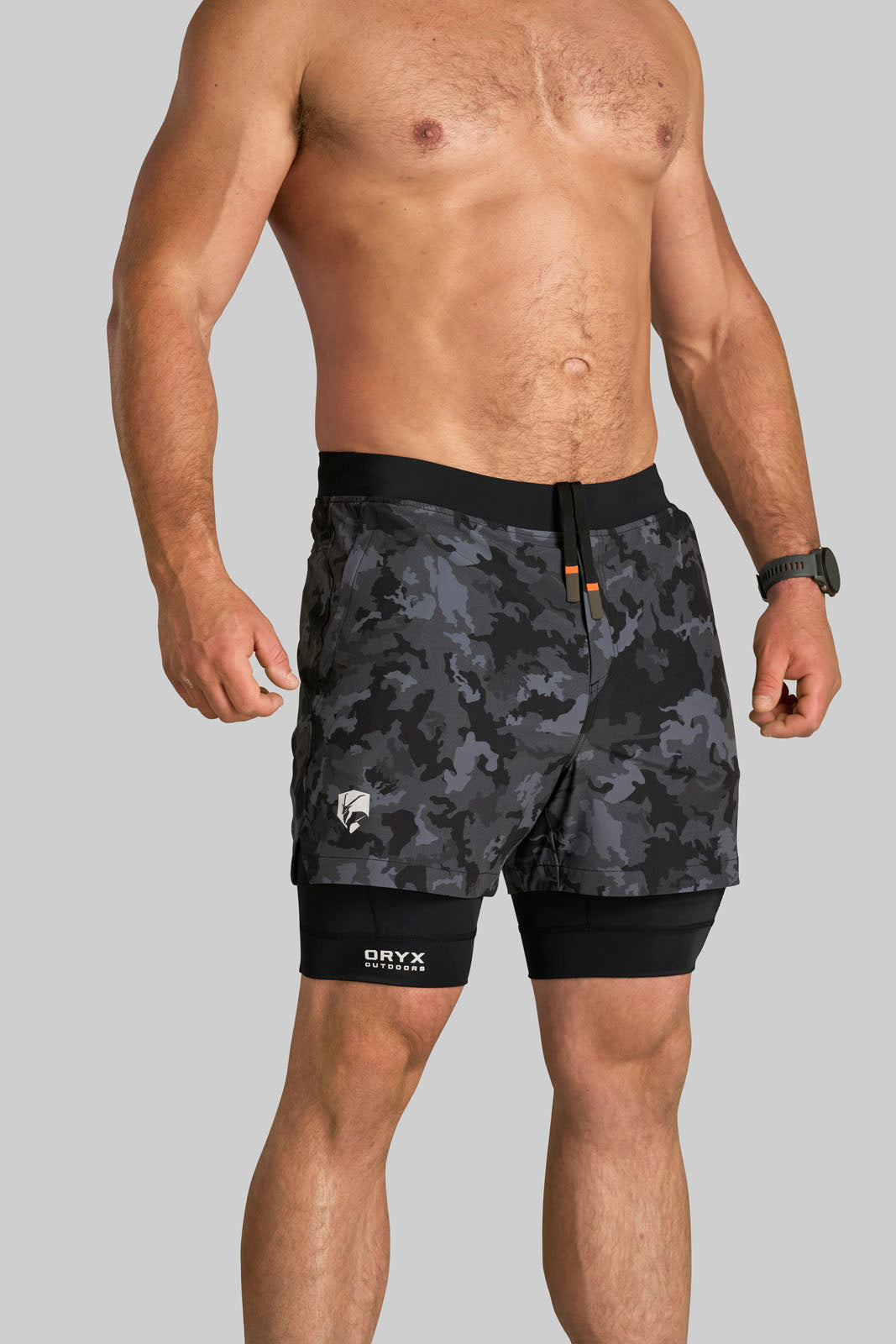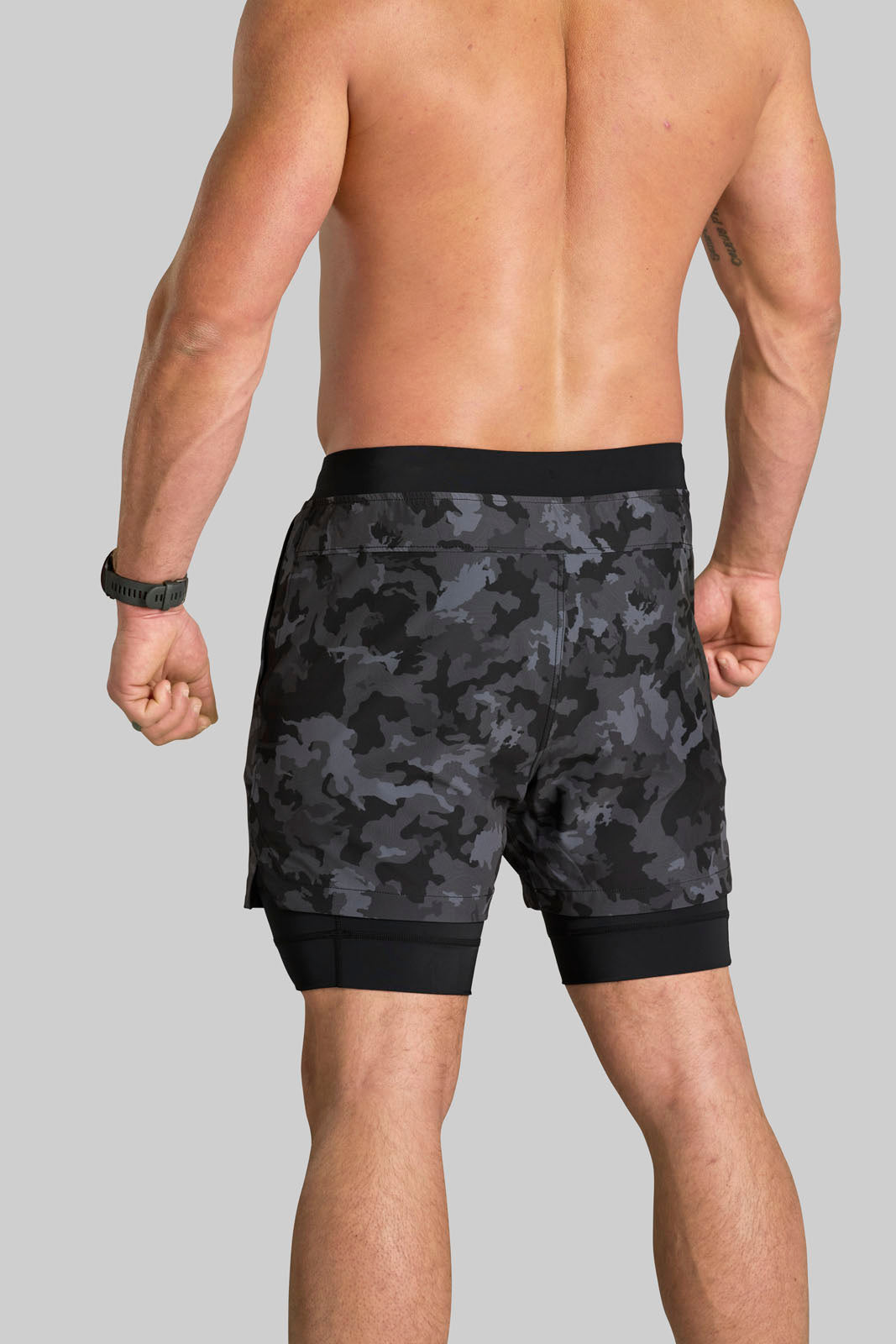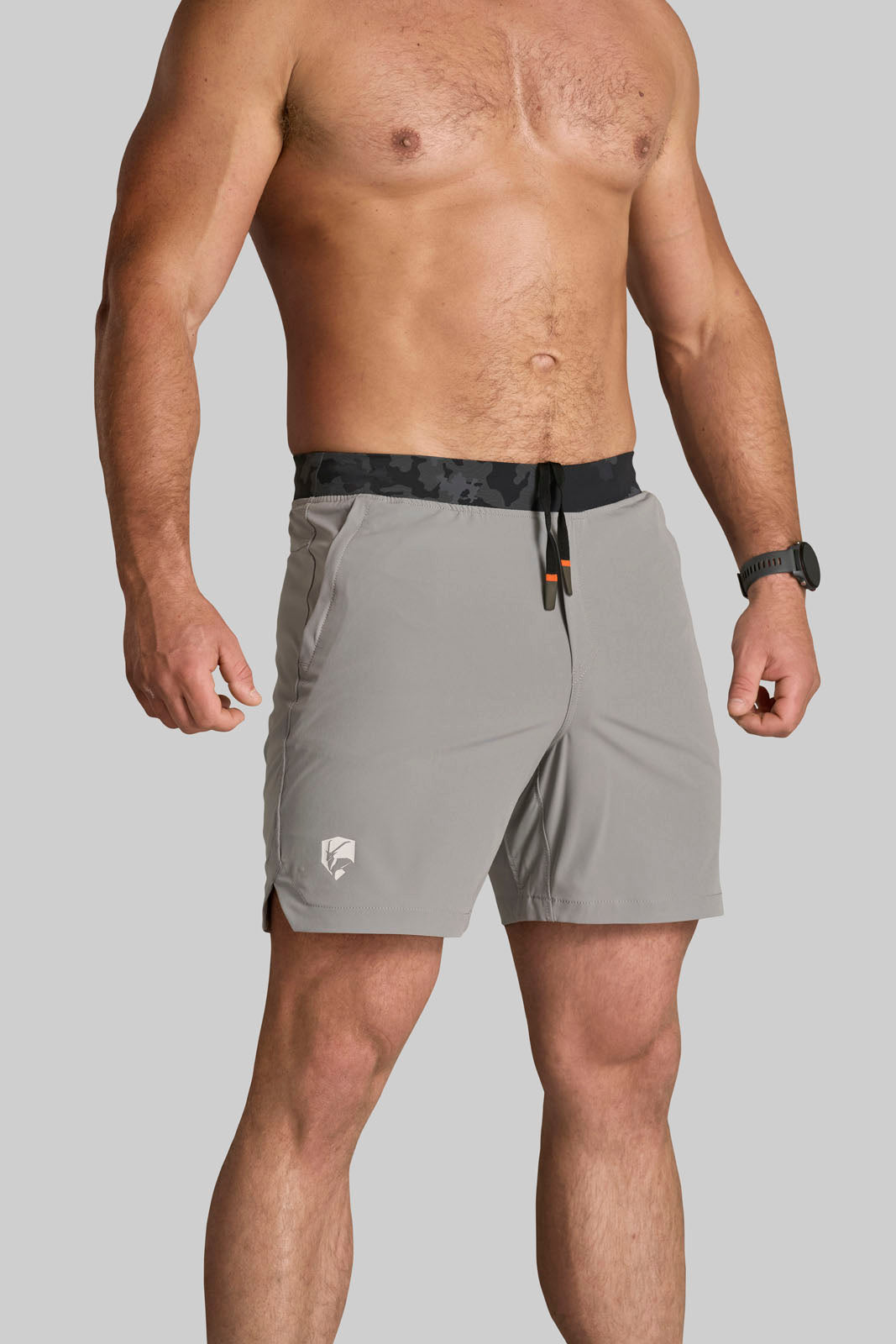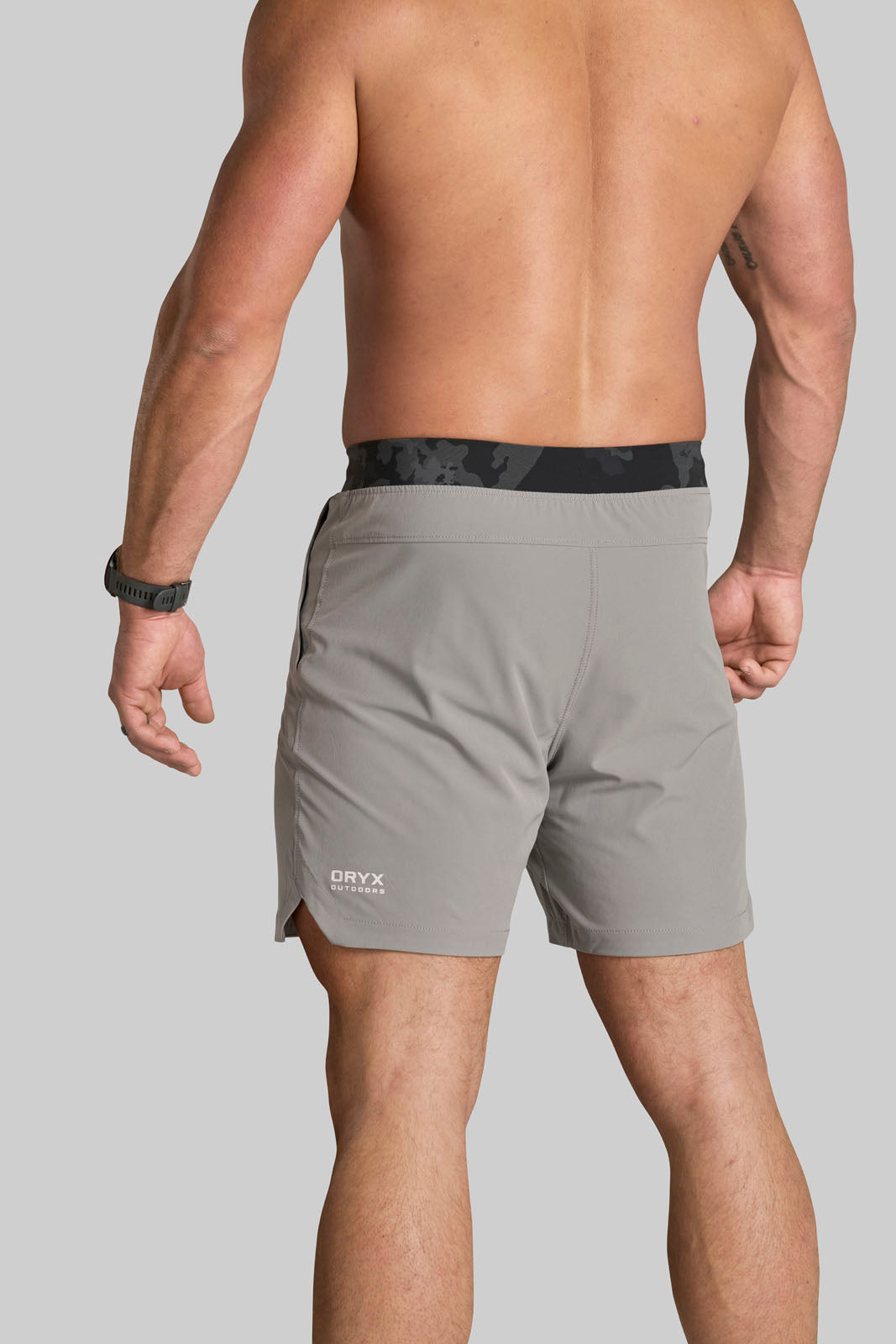As an outdoorsman, you know the value of staying physically fit. Because of that, there’s a good chance you’ve taken up running as a way to build your endurance for the types of outdoor activities you regularly partake in. This is a great way to stay fit, but if you’re not careful, you could end up hurting yourself.
Fortunately, there are some workouts you can do to address the weak points that usually lead to injury while running. By focusing on these exercises, you’ll be able to avoid many unnecessary injuries or at least mitigate their long-term impact. Read on to explore essential workouts that help prevent some of the more common running injuries.
Understanding Common Running Injuries
Before we take a deeper look at the workouts to try, you should understand the injuries that could occur from running. While this list could include extensive injury types, there are a few that runners experience more frequently than others, so we’ll focus on these:
- Shin splints: These develop when the muscles and tendons around the shinbone become inflamed. This pain often arises from overuse or improper running form.
- Runner’s knee: Also known as patellofemoral pain syndrome, this injury is marked by a dull ache around the kneecap. Weak quads, misalignment, or overworking the joint are usually what cause the condition.
- Plantar fasciitis: This injury mostly affects the sole of the foot, leading to stabbing pain around the heel. Poor foot mechanics or tight calves cause and exacerbate this condition.
Each of these injuries can hinder both your training and outdoor pursuits. The good news, however, is that you can avoid them with targeted, consistent training. The following strategic workouts strengthen your muscles, improve flexibility, and reduce the risk of these injuries.
Strength Training for Glutes
Your glutes are responsible for stabilizing your hips and preventing injuries from misalignment, such as runner’s knee and IT band syndrome.
Include exercises like barbell squats, hip thrusts, and single-leg Romanian deadlifts in your routine. These moves target the gluteus maximus, medius, and minimus for optimal hip stability. Aim for three sets of 10–12 reps, gradually increasing the weight as your strength improves.
If you want to take things a step further, try incorporating walking lunges with lightweight dumbbells. This will fire up your glutes while mimicking outdoor movements like climbing uneven terrain.

Core Stability Exercises
Your core is your stabilizer. When running, a strong core ensures proper posture and reduces stress on your lower back and hips. Weak abdominal and oblique muscles can contribute to an unstable gait, increasing your risk of injury.
Add planks, Russian twists, and bird dogs to your routines. Out of these options, planks are definitely the best. To do them effectively, start with three sets of 30-second planks, eventually progressing to 1-minute holds.
These exercises not only strengthen your entire core but also improve balance and coordination, which are essential for outdoor running on uneven ground. For a functional twist, try carrying a weighted sandbag on your back during planks. It ups the intensity and efficacy of the workout while mimicking the physical demands of hunting or carrying gear in the wild.
Hamstring Strengthening
Your hamstrings support deceleration and knee stability. Weak hamstrings can leave you vulnerable to tears or strains, especially when sprinting or descending slopes.
Nordic curls and hamstring bridges are two of the best exercises for developing resilience in these muscles. For Nordic curls, kneel with your ankles secured (use a partner or heavy anchor), and slowly lower your upper body forward, using your hamstrings to resist gravity. Do three sets of 6–8 reps.
To perform a hamstring bridge, lie on your back, place your heels on an elevated surface, and lift your hips toward the ceiling. Perform 12–15 reps per set.
Calf Raises and Stretching
Your calves absorb impact with every stride, making them one of the hardest-working muscle groups during a run. Weak or tight calves often lead to Achilles tendonitis or plantar fasciitis.
To avoid these issues, implement calf raises into your routine. Though you can perform these on flat ground, the workout is more effective if you stand on an elevated surface with your heels hanging off the edge. You’ll then want to raise your heels up to contract your calves and then slowly lower them below the edge of the step. Perform three sets of 15–20 reps.
Don’t stop there. You should also stretch your calves after each workout and run by pressing your hands against a wall and extending one leg behind you. Hold each stretch for 15–20 seconds per leg to improve flexibility.
Hip Flexor Stretches
Tight hip flexors are the culprit behind many injuries, including runner’s knee and lower back pain. Stretching these muscles ensures a full range of motion while running and decreases strain on neighboring joints.
The kneeling hip flexor stretch is an effective move. Start in a lunge position, drop your back knee to the ground, and gently push your hips forward. Hold for 20–30 seconds before switching sides. For a more dynamic option, try walking lunges with a slight torso twist toward your leading leg. This will stretch your hip flexors while engaging your core.
Quad Stretches and Exercises
Your quads are vital for absorbing the impact of each stride and stabilizing your knees. Weak or tight quads amplify stress on your kneecaps, leading to runner’s knee.
It’s best to strengthen your quadriceps with goblet squats and Bulgarian split squats. Perform three sets of 8–10 reps for each exercise, focusing on proper form to engage your quads fully. After every run, be sure to stretch your quads by standing on one leg, pulling the opposite foot toward your glutes, and holding for 20 seconds.

Ankle Mobility Drills
Strong and mobile ankles are key for navigating outdoor paths, which often require sudden changes in direction or adjustments to uneven surfaces. Poor mobility might cause sprains or chronic instability.
Working on ankle mobility with resistance band stretches is a good way to avoid these issues. Sit with your leg extended, secure a resistance band around your toes, and gently pull toward you while pointing and flexing your foot.
Additionally, you can practice standing on a balance board or wobble cushion to strengthen stabilizing muscles around the joint. Just 5 minutes a day can make a noticeable difference in how strong your ankles feel.
Getting the Right Clothing
While having the right clothing won’t help prevent running injuries like these workouts will, having a solid set of running attire will make the sport much more enjoyable and comfortable. Fortunately, Oryx Outdoors is here to help with this.
We have an extensive collection of workout clothes that are perfect for the average outdoorsman. While everything we sell will work great for runners, our men’s jogging shorts are a true must-have, so don’t skip over them while shopping with us.


